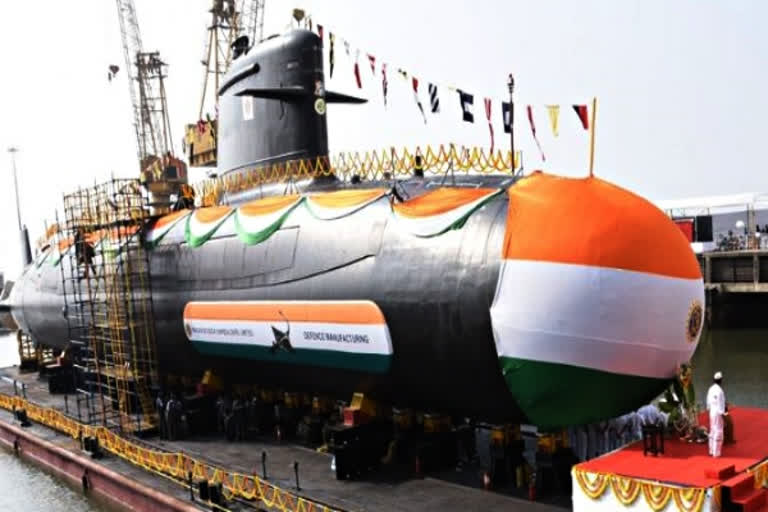New Delhi: Upfront, it may have been quite an ordinary day. But for India’s ongoing grand ‘Atmanirbhar’ effort to build self-reliance, it was quite a remarkable one on Thursday.
At the naval dockyard in Mumbai, the INS ‘Vela’—the fourth submarine of the six submarines of the Scorpene class under Project 75—was commissioned into the Indian Navy, while in Nagpur, a Hyderabad-headquartered private start-up ‘Skyroot Aerospace’ successfully test-fired the country’s first India’s first private cryogenic engine.
INS Vela
The commissioning of the INS ‘Vela’ is full of implications at a time when China’s navy is intent on enhancing its presence in the Arabian Sea, the Bay of Bengal and the Indian Ocean besides increasing its naval strength with remarkable speed.
And with India-China relations passing a very turbulent phase, the submarine’s advanced stealth features endow a huge force multiplier capability to the ‘Vela’ allowing it to lurk undetected for long periods of time.
But what makes the INS ‘Vela’ more outstanding is the fact that numerous Indian companies collaborated with the state-owned Mazagon Dock Shipbuilders Limited (MDL) and M/s Naval Group of France to bring the submarine to the seas—thereby making it a good representative of the ‘Atmanirbhar’ effort.
Says a release: “Vela has taken the ‘Make in India' spirit a notch higher with the fitment indigenised battery cells, which power a very silent permanently magnetised propulsion motor. The construction of the submarine under the supervision of in-house design overseeing team of MDL, naval engineers from Submarine Design Group (SDG), Submarine Overseeing Team (SOT) and training crew by Indian Training Team (ITT) is a major milestone towards ‘Atma Nirbhar Bharat’.”
A proud Admiral Karambir Singh, Chief of the Naval Staff, said during his address at the commissioning ceremony: “The platform in front of us today showcases India’s notable strides in indigenous submarine construction, as also the journey from being a ‘Buyer’s Navy to a Builder’s Navy’.”
Indicating further intensification of India’s relentless quest for indigenization, Admiral Singh said: “While the Project 75 has been an important step in enhancing the Navy’s capability, we are simultaneously progressing Project 75-I, under the Strategic Partnership Model, which envisions achieving complete self-reliance in submarine construction and life cycle sustenance. The Project 75-I aims to develop all facets of the submarine construction ecosystem within the nation and also involves transfer of several niche technologies.”
